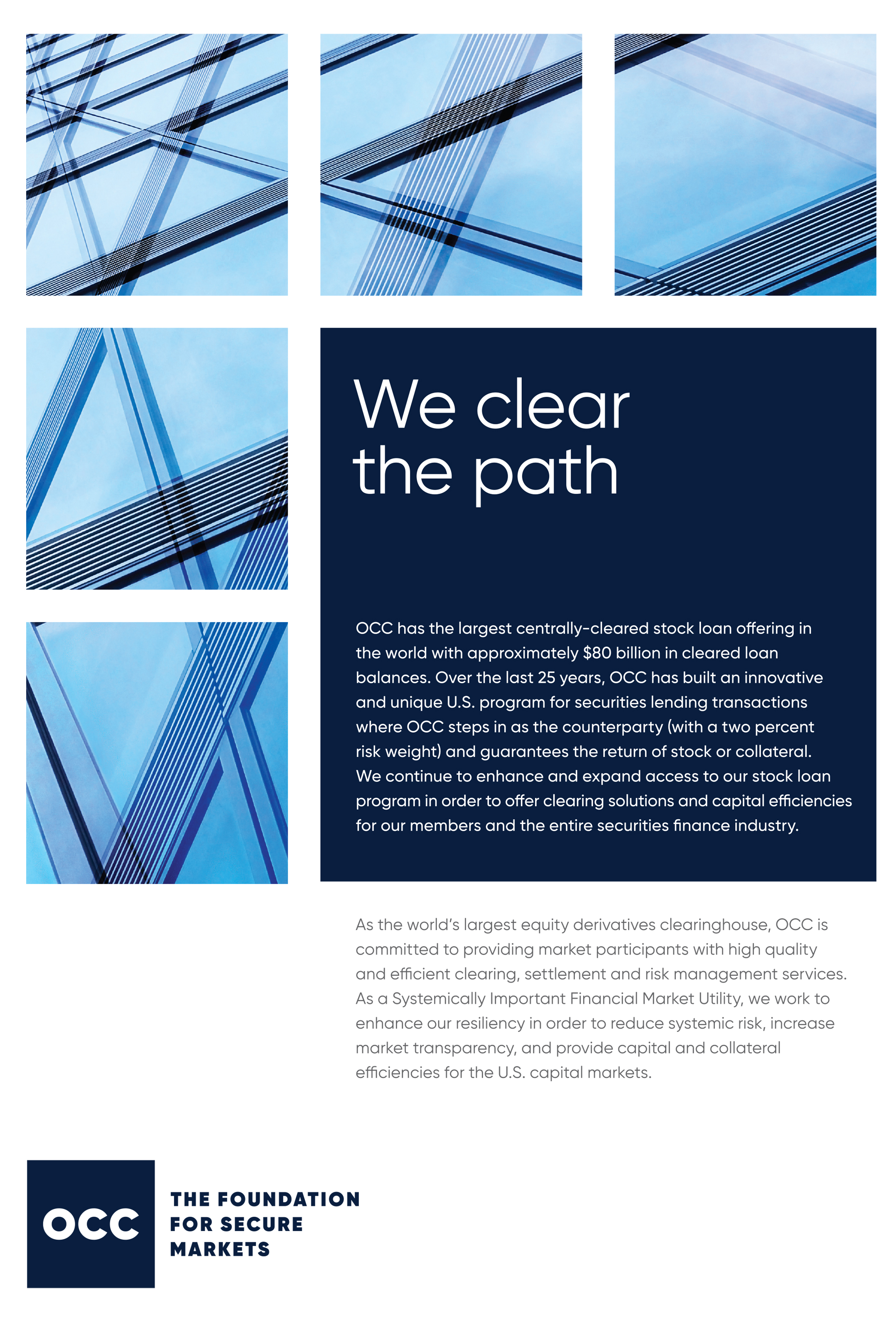OFR praises CCPs on transparency boost, but warns of further work needed to close data gaps
03 March 2017 London
 Image: Shutterstock
Image: Shutterstock
Further transparency and consistency in reporting is needed on the default mechanisms of central counterparties (CCP), according to the Office of Financial Research (OFR).
The OFR praised the work done by regulatory bodies and the CCP community to improve transparency and highlighted that the information currently available painted contributing CCPs as highly liquid, with well developed default structures in place.
In a research paper on CCP public disclosures, the OFR stated: “The new public disclosures are a significant step toward transparency. They enhance the ability of market participants, regulators, and the public to assess the resilience of the financial market infrastructure.”
It added: “Improved transparency supports market discipline, but more is needed.”
Crucially, the OFR concluded that, based on available information, CCPs hold sufficient resources to withstand losses from the defaults of two clearing members.
However, it was noted that data gaps remain around the risks posed by concentrations of contributors to default funds.
Specifically, the concentration figures show the share of margin and guarantee fund contributions by the largest five and largest 10 clearing members, but, they do not show the amounts for the largest one or two individually.
“That information would be the most relevant for supervisors and market participants because it would shed light on the impact on a CCP if its largest one or two members defaulted,” stated the OFR.
The OFR also zeroed in on transparency problems raised by inconsistent reporting formats.
“CCPs vary in how they interpret the data reporting instructions and how closely they comply with them. Data cells are sometimes empty. CCPs sometimes insert footnotes to explain why data are not submitted. In some cases, CCPs report numbers but don’t identify the currency unit.”
“In other cases, CCPs cite data by referring to a website that refreshes frequently. The disclosures have no information on compression transactions. Compression is the execution of targeted trades that reduce risk from existing positions.”
The OFR praised the work done by regulatory bodies and the CCP community to improve transparency and highlighted that the information currently available painted contributing CCPs as highly liquid, with well developed default structures in place.
In a research paper on CCP public disclosures, the OFR stated: “The new public disclosures are a significant step toward transparency. They enhance the ability of market participants, regulators, and the public to assess the resilience of the financial market infrastructure.”
It added: “Improved transparency supports market discipline, but more is needed.”
Crucially, the OFR concluded that, based on available information, CCPs hold sufficient resources to withstand losses from the defaults of two clearing members.
However, it was noted that data gaps remain around the risks posed by concentrations of contributors to default funds.
Specifically, the concentration figures show the share of margin and guarantee fund contributions by the largest five and largest 10 clearing members, but, they do not show the amounts for the largest one or two individually.
“That information would be the most relevant for supervisors and market participants because it would shed light on the impact on a CCP if its largest one or two members defaulted,” stated the OFR.
The OFR also zeroed in on transparency problems raised by inconsistent reporting formats.
“CCPs vary in how they interpret the data reporting instructions and how closely they comply with them. Data cells are sometimes empty. CCPs sometimes insert footnotes to explain why data are not submitted. In some cases, CCPs report numbers but don’t identify the currency unit.”
“In other cases, CCPs cite data by referring to a website that refreshes frequently. The disclosures have no information on compression transactions. Compression is the execution of targeted trades that reduce risk from existing positions.”
NO FEE, NO RISK
100% ON RETURNS If you invest in only one securities finance news source this year, make sure it is your free subscription to Securities Finance Times
100% ON RETURNS If you invest in only one securities finance news source this year, make sure it is your free subscription to Securities Finance Times



